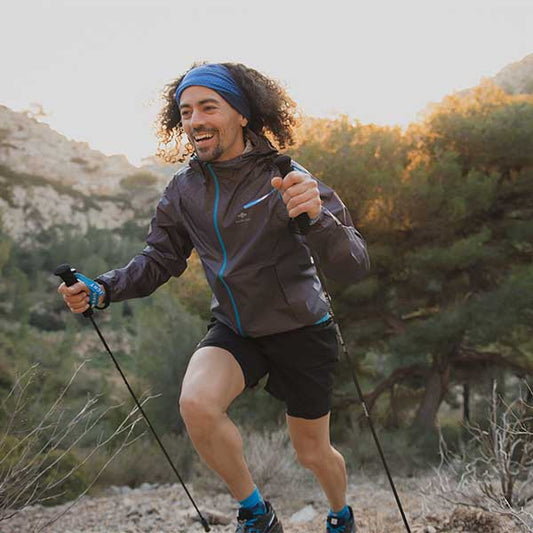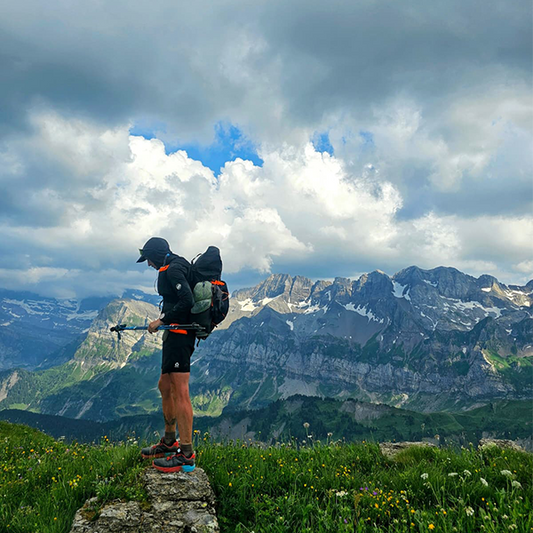Trail running is an exciting but demanding discipline. Between steep climbs, technical descents, and long hours on the trails, your body is put to the test. And with that intensity sometimes come injuries. Sprains, tendinitis, muscle pain... Fortunately, it’s absolutely possible to prevent them with the right approach. Here's how to avoid the most common trail running injuries.
1. Ankle sprain: the “classic” trail runner injury
Why it happens:
Trails are often uneven, with rocks, roots, or sloping surfaces. A bad foot placement, muscle fatigue, or lack of focus… and the twist happens.
How to prevent it:
- Strengthen your ankles with proprioception exercises (balance board, single-leg stance, etc.).
- Work on your balance: stand on one foot with eyes closed, or on an unstable cushion.
- Choose shoes with good lateral support, suited to your terrain type.
- Stay alert: on descents, focus on the next 2–3 meters rather than looking too far ahead.
2. Tendinitis: when inflammation strikes
Commonly affected areas:
- Achilles tendon
- IT band (iliotibial band)
- Patellar or toe flexor tendons
Common causes:
- Increasing volume or intensity too quickly.
- Poor cushioning or worn-out shoes.
- Lack of warm-up or neglected recovery.
How to prevent it:
- Be gradual in your training (no more than 10% increase per week).
- Stretch smartly, especially after long runs or downhill sessions.
- Change shoes regularly, every 600 to 800 km.
- Improve mobility and strength around sensitive areas: ankles, knees, hips.
3. Muscle pain: prevent it rather than suffer it
Types of pain:
- Post-run soreness
- Recurring muscle tightness
- Chronic pain when climbing or descending
Good practices:
- Strengthen outside of trail running: core work, quads, glutes, calves.
- Never skip warm-ups, even for short runs.
- Hydrate before, during, and after: dehydration promotes cramps.
- Recover actively: walking, light stretching, self-massage, mineral-rich food.
4. Bonus tips to stay injury-free all season
- Listen to your body: persistent discomfort is never insignificant.
- Vary terrain and paces: avoiding monotony reduces injury risk.
- Add a complementary activity: cycling, swimming, or yoga helps reduce joint stress while maintaining fitness.
- Consult a professional (physio, podiatrist, coach) at the first signs of trouble.
Trail injuries are not inevitable. By taking a progressive approach, strengthening your body, and following the basic rules of good recovery, you can fully enjoy your season without being forced into downtime. Prevention over cure — that’s the secret of long-lasting trail runners.
Want to go further in your trail running by incorporating strength training? Check out our dedicated articles to guide you.
Plyometrics: an essential asset to improve and prevent injuries










